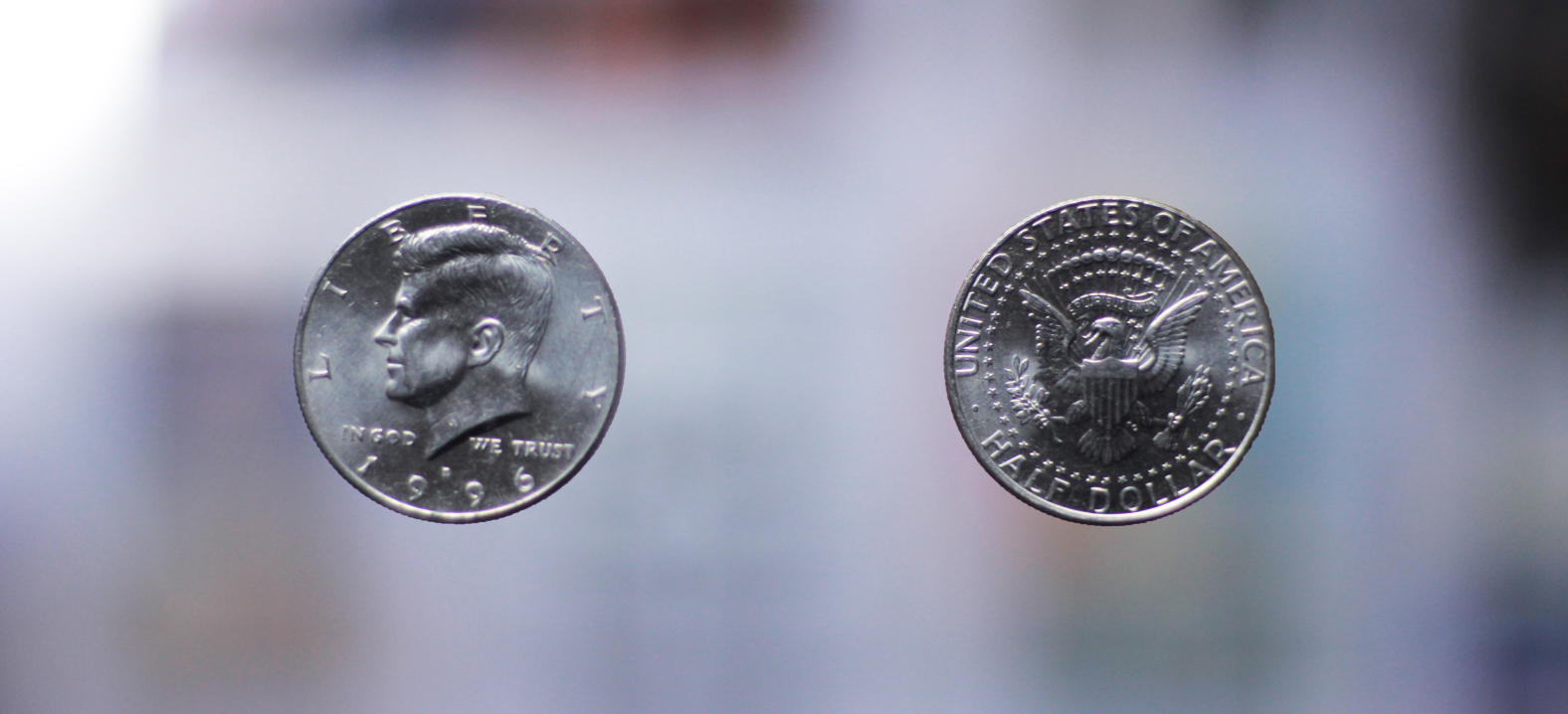
Let \(X\) represent the difference between the number of heads and the number of tails obtained when a coin is tossed \(n\) times. What are the possible values of \(X\)?
We have seen the algorithm in the solution section and the same will be applied in the code. The charts and the code are given below. Here, I have chosen the value of the \(n = 100\). Observer how the values \(-100\) to \(100\) in increasing steps of 2 are only possible.
Module[{data = (Count[#, 1] - Count[#, 0]) & /@ RandomChoice[{0, 1}, {1000000, 100}]},
Histogram[data, {1}
, PlotLabel -> Style["Differences\n", 20]
, LabelingFunction -> (Placed[Rotate[#, 90 \[Degree]], Above] &)
, ImageSize -> 788
, ChartStyle -> LightBlue
, Frame -> True
, PlotRange -> {All, {0, 0.9*1000000}}]
]